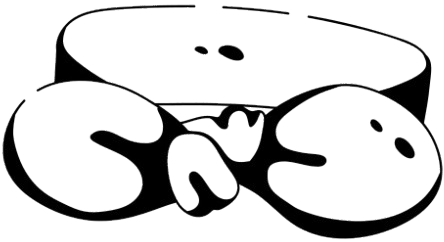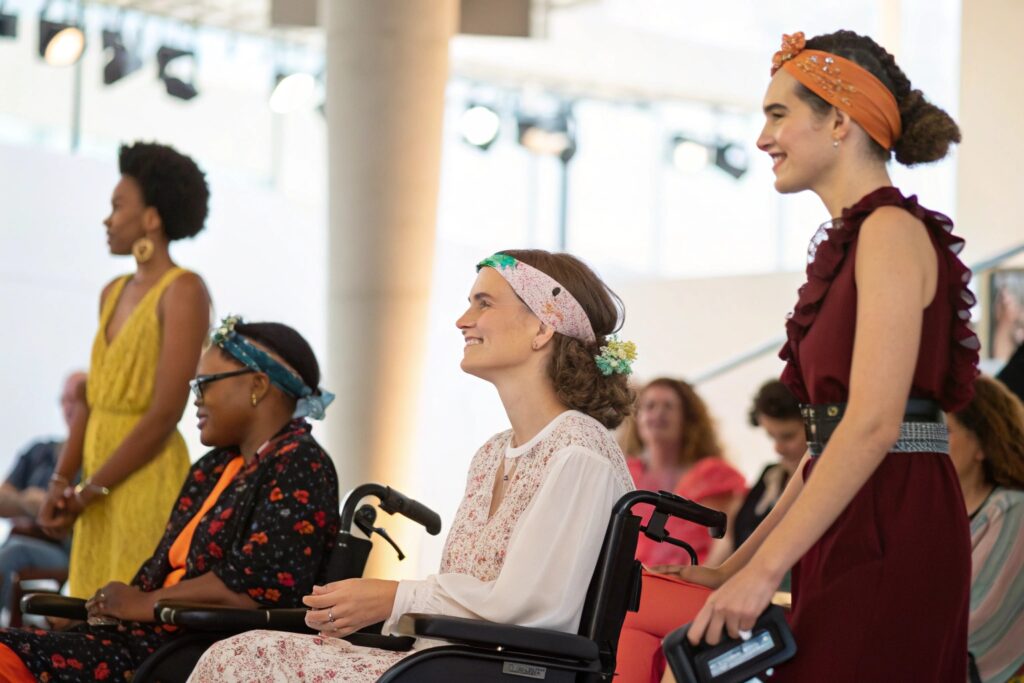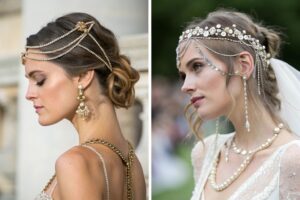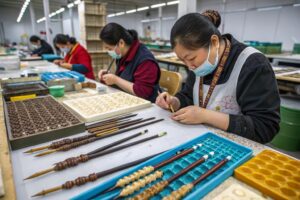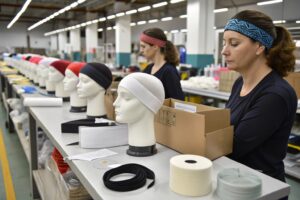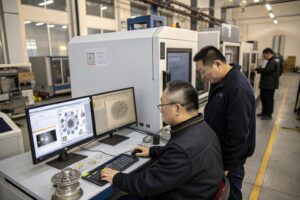Hair accessories should be for everyone—not just the able-bodied. As inclusive fashion continues to grow, so does the demand for adaptive accessories that are functional, safe, and comfortable for people with disabilities.
Sourcing ADA-compliant hair accessories means selecting designs and materials that prioritize accessibility, ease of use, and safety—especially for individuals with mobility or sensory challenges.
In this article, I’ll explain how to evaluate and source adaptive hair accessories that align with ADA principles, meet fashion retail standards, and enhance user independence in the growing adaptive apparel market.
What Makes a Hair Accessory ADA-Compliant?
Not all inclusive products are truly accessible. To qualify as ADA-compliant—or broadly accessible under universal design principles—hair accessories must go beyond trend and prioritize physical usability.
ADA-compliant hair accessories are designed to be operable with limited dexterity, low muscle strength, or one-handed use—without causing skin irritation or discomfort.
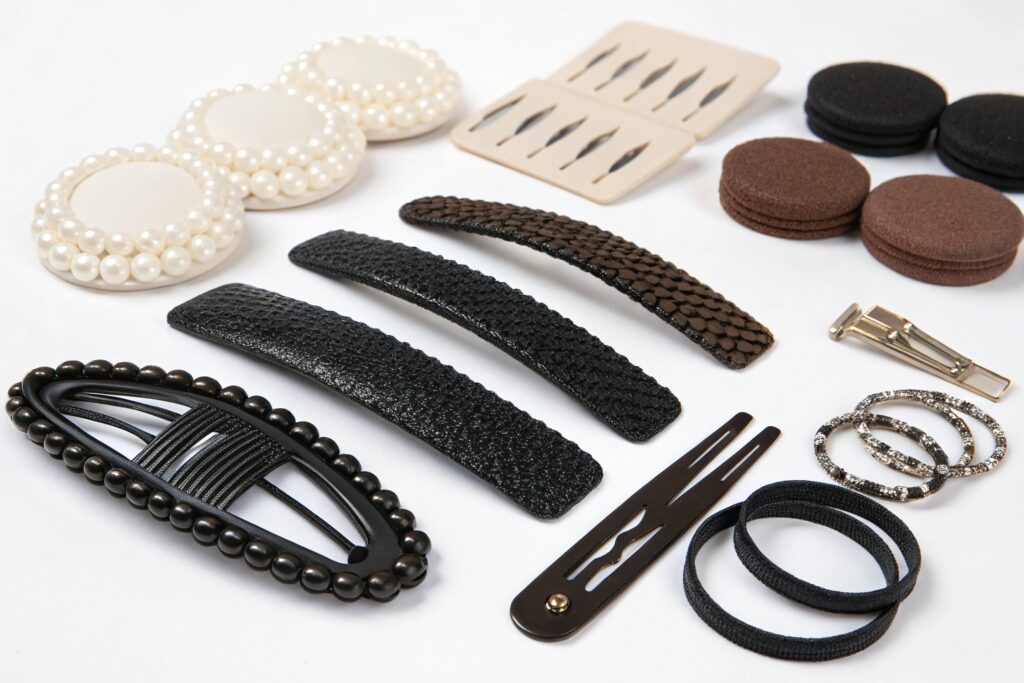
What Are the Key Features to Look For?
When sourcing, focus on designs that include:
- Extra-wide clips or low-resistance springs
- Magnetic or looped closures on scrunchies or bands
- No-slip coatings for stability during movement
- Fabric covers with hypoallergenic properties
For more on accessible product design criteria, refer to ADA National Network’s guidelines.
Does ADA Certification Exist for Accessories?
Not officially. ADA law applies to public accessibility—not specific retail goods. But suppliers can follow universal design or Section 508/UX accessibility best practices to ensure inclusiveness.
Many brands look to Global Universal Design Commission for product development benchmarks.
Why Is Adaptive Fashion a Growing Market Segment?
Adaptive fashion is more than a niche—it’s a $400B+ market opportunity according to recent industry forecasts. Consumers with disabilities want style that works with their needs—not in spite of them.
Brands sourcing ADA-inspired hair accessories are not only serving a real need, but tapping into a fast-growing inclusive retail category.
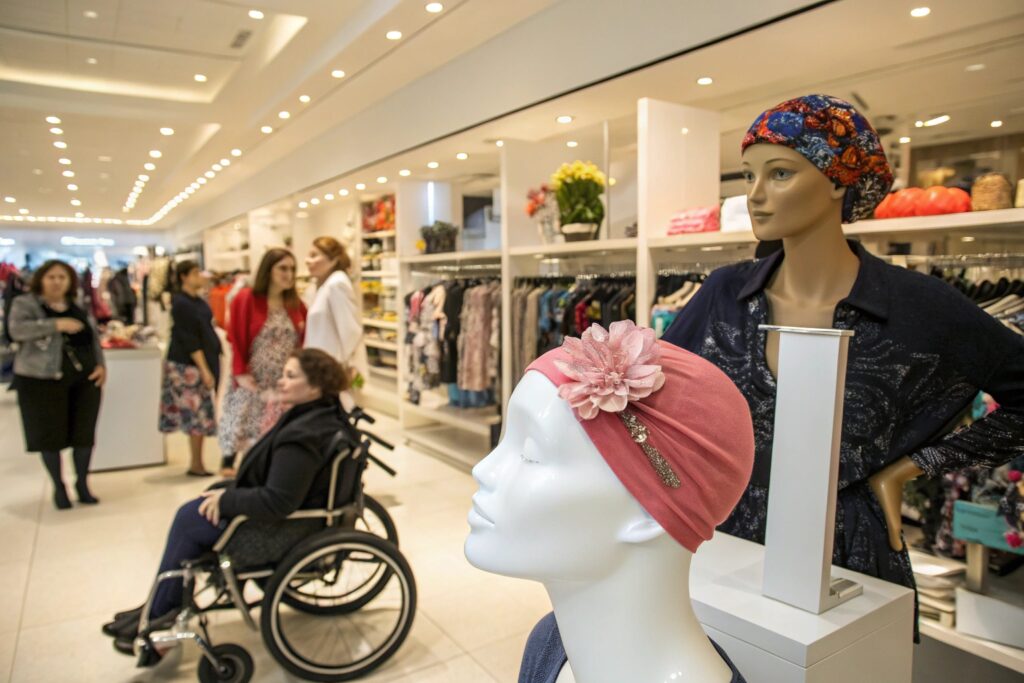
Who Is the Target User?
This category includes:
- Adults or kids with limited hand function
- People with cerebral palsy, arthritis, or stroke recovery
- Neurodiverse users sensitive to tight textures or synthetic smells
Surveys from Runway of Dreams Foundation show that over 65% of disabled consumers report difficulty finding fashion that works for them.
What Types of Accessories Are in Demand?
Examples of high-demand ADA-aligned items:
| Product Type | Adaptive Feature |
|---|---|
| Magnetic scrunchies | Easy one-hand use |
| Foam-covered clips | Pressure relief + tactile comfort |
| Button-loop headbands | Fit-adjustable, no pulling tension |
| Silicone-grip bands | Secure but soft hold on hair and scalp |
Retailers like Zappos Adaptive and Target’s Universal Thread Adaptive line continue to expand these offerings.
What Materials Are Best for Accessible Hair Accessories?
Material choice is critical. Many people with disabilities experience skin sensitivity or difficulty manipulating stiff components.
Sourcing materials for adaptive hair accessories requires selecting hypoallergenic, lightweight, and stretchable components that remain durable over time.
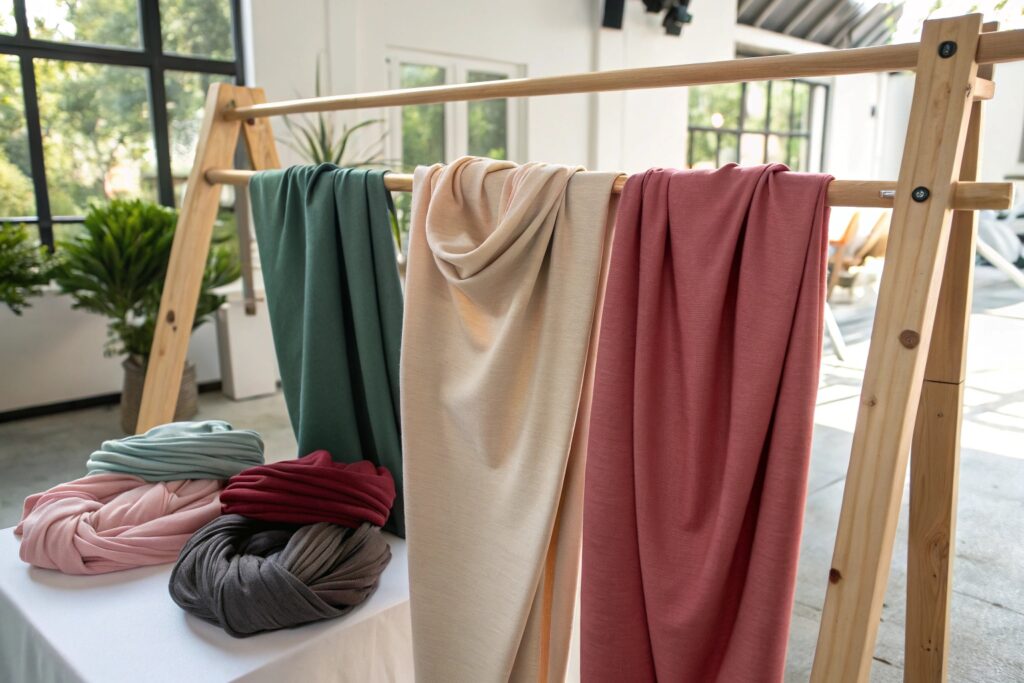
Which Fabrics Should You Prioritize?
Look for:
- Bamboo viscose – naturally soft, antibacterial, breathable
- Modal or jersey knit – high stretch, easy to handle
- TENCEL™ – sustainable and smooth for sensitive scalps
- Silicone pads – anti-slip without hard pressure points
We source these from REACH-compliant suppliers, many of whom also offer GRS or OEKO-TEX® certified yarns for eco-compliant adaptive products.
What About Metal Components?
Avoid:
- Nickel plating
- Sharp spring clips
- Uncoated alloys
Instead, use:
- Plastic resin clips with matte coatings
- Aluminum parts with rounded edges
- Spring-free closures or magnetic bases
See ASTM F963 toy safety standards for safe accessory component guidelines, often adopted in adaptive design.
How to Vet Factories for Adaptive Product Capability?
Not every supplier can produce accessible designs. It requires understanding user limitations, and adapting existing processes to meet ergonomic needs.
The best factories for ADA-compliant accessories offer R&D support, prototyping, and user-friendly packaging options designed for inclusive access.
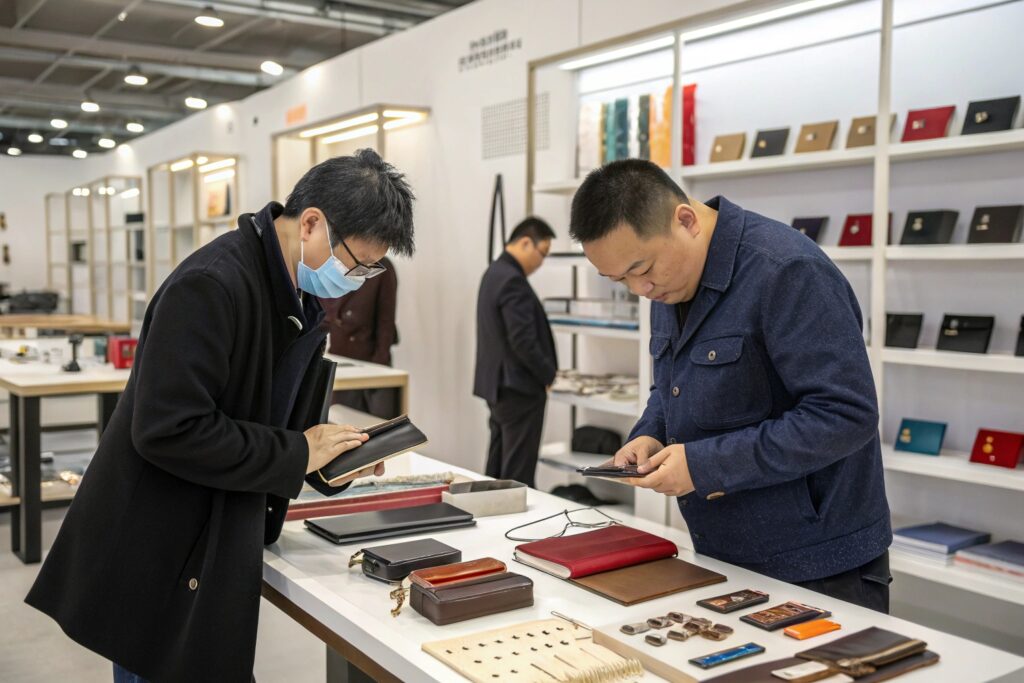
What Questions Should You Ask?
- Do you have experience with adaptive or medical-grade accessories?
- Can you modify closure systems (Velcro, magnetic, loop)?
- Are your materials lab-tested for skin safety and durability?
- Can you provide samples for hands-on accessibility review?
HairAcc has worked with inclusive retail brands in North America and Europe to develop elastic-free, stretch-friendly, and sensory-adapted scrunchies and bands.
How Do You Confirm Usability?
We offer:
- Prototyping for physical user testing
- Pull force and comfort rating reports
- Packaging designed for one-hand opening
- QC benchmarks based on adaptive design metrics
External partners like Intertek provide third-party validation for inclusive product lines.
Conclusion
Sourcing ADA-compliant hair accessories is no longer a "nice to have"—it’s an essential step toward fashion equity and brand responsibility. With the adaptive market growing, inclusive designs aren’t just morally right—they’re strategically smart.
From flexible scrunchies to non-slip headbands, factories like HairAcc are leading the charge in accessible design for real-world wearers. Whether you're a fashion buyer, startup, or inclusive brand, we can help you create and source hair accessories that truly serve all users.
Contact our team today to explore adaptive material samples, prototyping services, and packaging options tailored for inclusive fashion lines.
